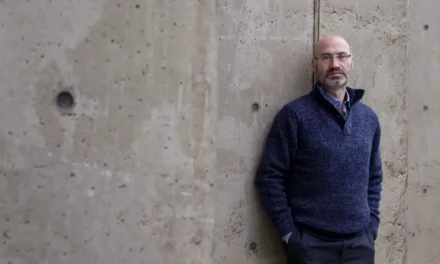
Supporting Creative Pursuits
I
n 19th-century Viennese coffeehouses, the clatter of cups mixed with lively conversation as artists sketched, poets traded verses, and thinkers tested bold ideas. These were not just social spots—they were creative crucibles, where rough drafts and wild theories turned into lasting works. You can spark that same spirit at home by helping children explore their interests, experiment with tools, and dive into the unknown. This chapter offers practical strategies—catching their sparks early, building spaces that invite making, and connecting with others—to nurture creativity with purpose. With a question, a brush, or a shared challenge, you’ll help raise a child ready to shape their world with imagination and skill.
Here is the lineup, steeped in that coffeehouse spirit:
- Encouraging Exploration of Interests: Kids grow most creative when their interests are noticed and nurtured—just as Viennese coffeehouses once thrived on the sparks of shared ideas. In an age of crowded schedules and digital distractions, your home can offer the kind of rich, curious energy that fuels invention. This section focuses on helping children explore passions through questions, play, and tangible projects. Rather than leaving creativity to open-ended moments, these steps give shape to their ideas and confidence to express them. With the right attention and tools, children learn not only to imagine, but to build—and to share what they’ve made with pride.
- Providing Resources and Opportunities: Kids’ creativity thrives when they have the right tools and chances to grow—just as Viennese coffeehouse artists relied on quality supplies and vibrant settings to bring ideas to life. At home, limited materials or distractions can stall that same energy, but with a little intention, you can offer the structure and resources that keep creativity flowing. This section explores how to support your child with well-matched materials, enriching classes, and real-world outlets like contests. These aren’t just extras—they’re springboards, helping kids move from passing interest to purposeful creation, building skills that echo through school, hobbies, and beyond.
- Fostering a Creative Environment: Kids’ imagination grows in a space that supports their ideas, like Viennese coffeehouses where artists worked freely. Clutter or distractions can stop them, but you can make a place for creativity. This section covers displaying projects, clearing spaces, and mixing competition to build originality, helping kids excel in hobbies or school. Unlike open-ended expression or constant questioning, these spaces focus on tangible projects. They prepare kids to share unique ideas in their communities, reflecting the coffeehouse’s focus on creation.
- Modeling Creative Behavior: Children grow more confident in their creativity when they see it in action—not just in museums or media, but in the lives of the people they know best. Like the Viennese coffeehouse poets who inspired one another with sketches, verses, and spontaneous ideas, your own creative pursuits can serve as a spark. Whether you’re fixing something, painting a wall, or jotting thoughts in a notebook, these everyday acts show children that imagination isn’t reserved for artists—it’s part of daily problem-solving, joy, and exploration. This section offers ways to share your creative process with your child, turning routine moments into lessons in persistence, flexibility, and the courage to try something new.
- Encouraging Risk-Taking and Experimentation: Children’s creativity blossoms when they feel free to take risks—to try something untested, to fail without shame, and to explore without a roadmap. Yet in a world that often rewards perfection and speed, many kids hesitate to leap. You can change that. By modeling curiosity, applauding effort, and creating space for experimentation, parents can make trial and error feel not just safe, but exciting. Like the Viennese innovators who dared bold ideas in science and art, your home can become a workshop where imagination meets courage—and where each attempt, successful or not, builds resilience and originality.
- Connecting with the Community: Kids’ creativity doesn’t thrive in isolation—it expands through connection. Just as Viennese coffeehouses once buzzed with the energy of shared ideas and collaborations, children grow when they engage with others who inspire, challenge, and support them. Whether they join a local club, collaborate with friends, or present their projects at festivals, these communal spaces turn creativity into a conversation. This section explores how parents can help children find their creative peers and mentors, turning solitary sparks into shared fires that light the path to bold expression and lasting confidence.
Begin with a notebook or a question, and guide children toward creation.
Table of contents

Primordial Soup for the Mind: Navigation
Navigate the book Primordial Soup for the Mind.



